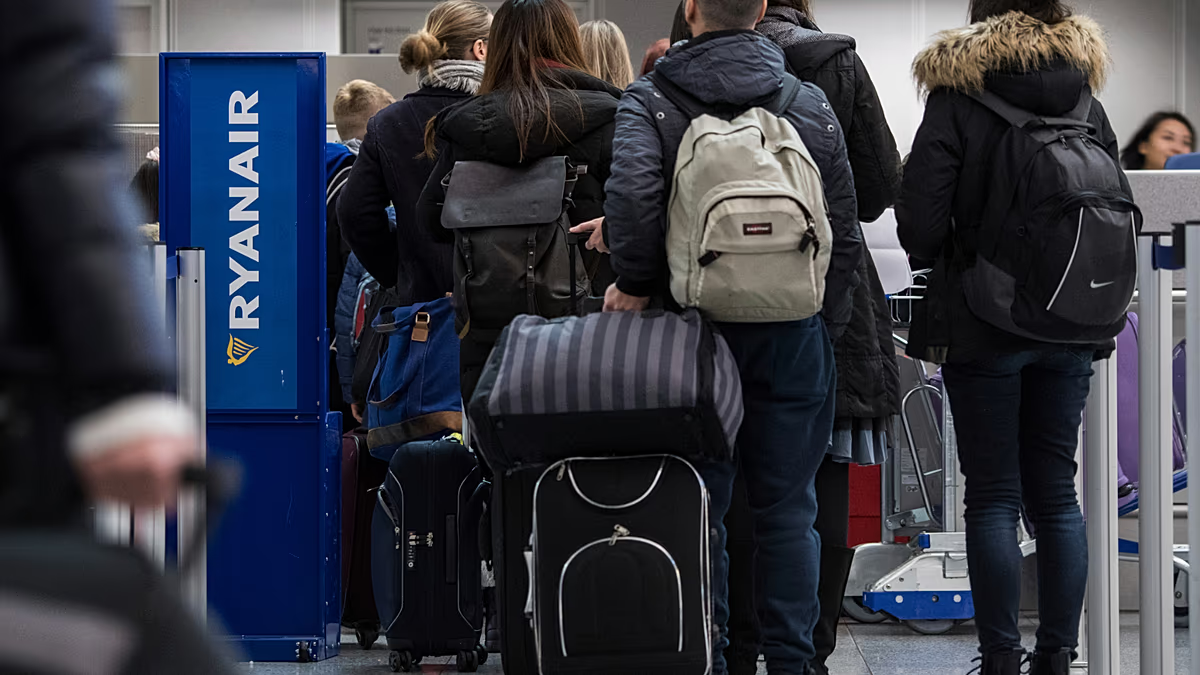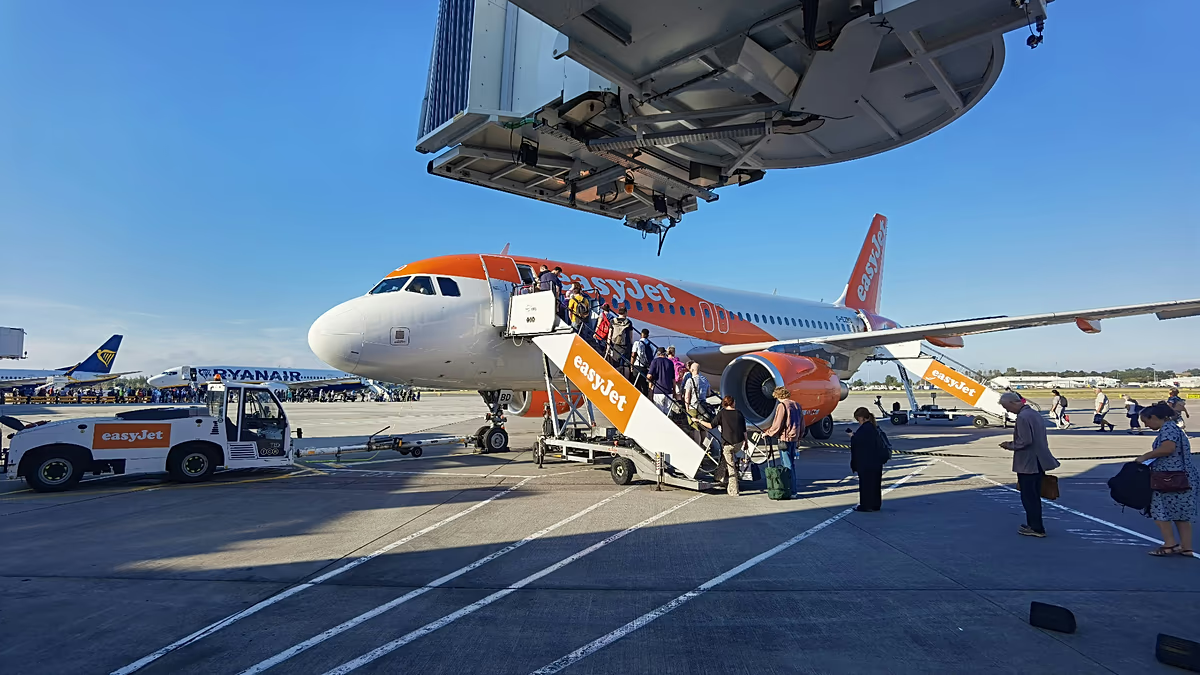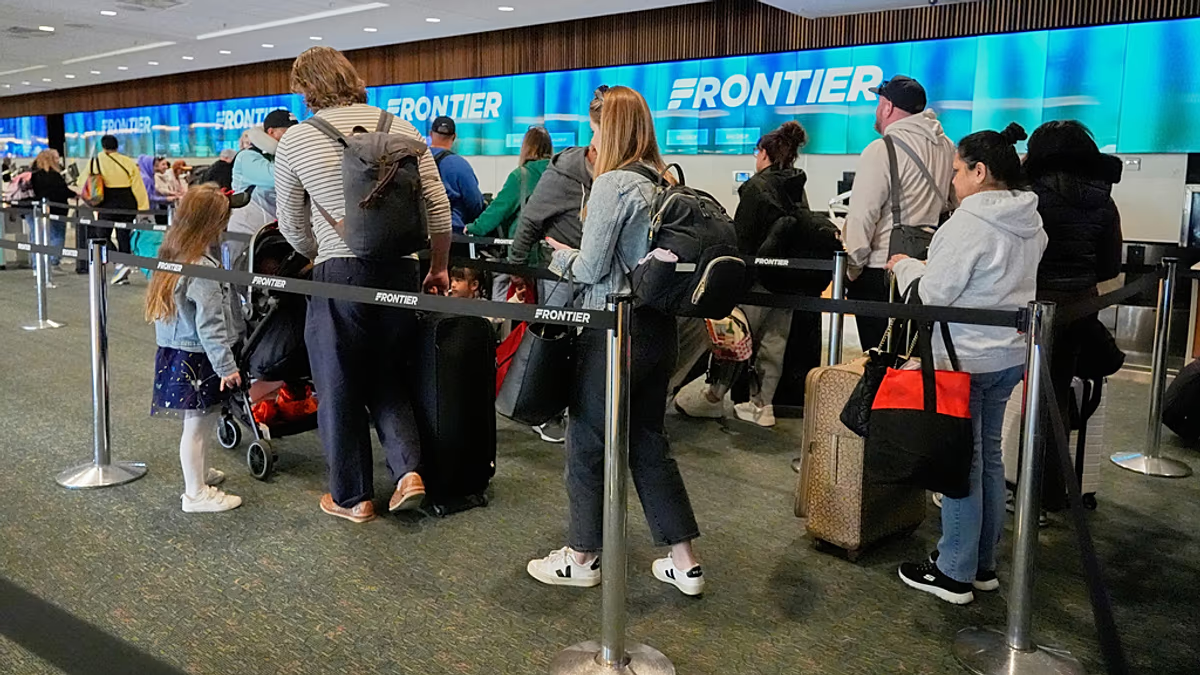Singapore Pioneers Global Aviation Green Tax: What Travelers Need to Know
In a groundbreaking move that signals a shift toward sustainable air travel, Singapore is set to become the first nation worldwide to implement a green fuel tax on departing passengers. Announced by the Civil Aviation Authority of Singapore (CAAS) last week, the Sustainable Aviation Fuel (SAF) Levy aims to support the country’s ambitious target of achieving 1% SAF usage by 2026. This innovative approach reflects Singapore’s commitment to balancing its status as a global air hub with environmental responsibility, though it will mean additional costs for travelers departing from its airports. The tax structure is thoughtfully designed to reflect both cabin class and flight distance, creating a system that attempts to distribute the environmental burden proportionally among different types of travelers and journeys.
The new levy follows a distance-based model divided into four geographical bands, with costs varying significantly depending on both destination and cabin class. Southeast Asian destinations, classified as band one, will incur the lowest charges at just S$1 (€0.66) for economy passengers and S$4 (€2.65) for premium cabins. Band two destinations, including Northeast Asia, South Asia, Australia and Papua New Guinea, face slightly higher rates of S$3.80 (€2.52) for economy and S$11.20 (€7.42) for premium seating. European travelers will notice more substantial fees, as Europe falls within band four alongside Africa, Central and West Asia, the Middle East, Pacific Islands and New Zealand, with economy passengers paying S$6.40 (€4.24) and premium cabin travelers facing a S$25.60 (€16.96) charge per flight. The Americas, designated as band five, will bear the highest costs at S$10.40 (€6.89) for economy and a substantial S$41.60 (€27.57) for business and first-class travelers. Importantly for international passengers using Singapore as a transit hub, the levy will not apply to those merely connecting through Singapore without beginning their journey there.
For travelers on multi-leg journeys, the implementation details reveal a thoughtful approach to avoid double taxation. The SAF levy will only apply to the immediate next destination after departing Singapore, providing some relief for those on complex itineraries. For example, a passenger flying from Singapore to Paris with a stopover in Amsterdam would only pay the levy for the Singapore-Amsterdam segment. Airlines are required to collect this tax and must display it as a distinct line item on tickets at the point of sale, ensuring transparency for consumers. Certain exceptions have been established, with flights for training purposes or those serving charitable and humanitarian missions being exempt from the levy. This structured approach demonstrates Singapore’s effort to balance environmental goals with practical considerations for various types of air travel.
This pioneering tax forms part of Singapore’s broader sustainability vision outlined in the Singapore Sustainable Air Hub Blueprint released last year. The comprehensive plan aims to reduce domestic aviation emissions from airport operations by 20 percent from 2019 levels by 2030, ultimately working toward the ambitious goal of achieving net-zero domestic and international aviation emissions by 2050. These targets reflect Singapore’s recognition of the aviation industry’s significant carbon footprint and its determination to maintain its position as a leading global air hub while embracing environmental responsibility. By implementing concrete measures like the SAF levy, Singapore is moving beyond mere statements of intent to create actionable policies that can drive meaningful change in aviation sustainability practices.
CAAS Director-General Han Hok Juan has framed the new regulations as a pivotal development in Singapore’s efforts to build what he describes as a “more sustainable and competitive” air hub. In his statement, he emphasized that the levy creates a mechanism for all aviation users to contribute to sustainability at what he characterized as a “manageable cost” for the air hub ecosystem. This perspective highlights Singapore’s attempt to balance environmental imperatives with economic considerations, recognizing that sustainable aviation must remain financially viable to succeed. “We need to make a start,” Han noted, acknowledging that this is just the beginning of a longer journey toward aviation sustainability. He added that the implementation has been designed in a “measured way” with sufficient lead time to allow “industry, businesses and the public time to adjust” to the new reality of paying for aviation’s environmental impact.
Singapore’s groundbreaking initiative raises important questions about the future of global air travel as the industry grapples with its significant environmental footprint. As the first nation to implement such a comprehensive SAF levy, Singapore is testing whether financial mechanisms can effectively drive the adoption of greener aviation fuels and practices. The varied fee structure based on distance and cabin class attempts to address issues of equity, acknowledging that different types of travel create different levels of environmental impact. With this move, Singapore positions itself as not just a geographical hub for air travel but also as a policy pioneer in the complex transition toward sustainable aviation. As other nations watch this experiment unfold, Singapore’s SAF levy may well become a model for similar initiatives worldwide, potentially signaling the beginning of an era where the environmental costs of air travel are increasingly built into the price passengers pay to fly.











